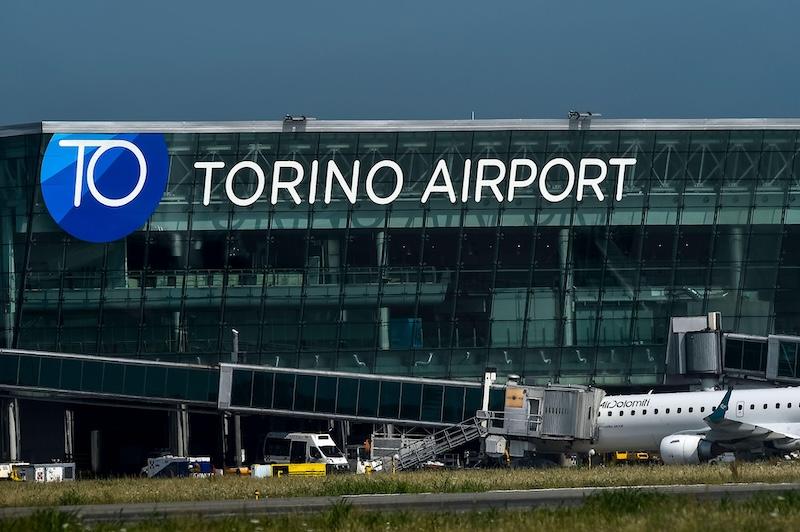
Smaller regional airports across Europe require policy intervention from the European Union (EU) and national governments to address escalating economic pressures and an increasingly uneven air connectivity landscape, according to ACI Europe.
While larger regional airports have seen passenger traffic rebound to 11.7% above pre-pandemic levels, smaller regional airports continue to struggle, with traffic still 35.1% below 2019 figures.
The trade body says that many smaller regional airports with fewer than 1 million passengers are therefore failing to break even due to rising inflation, fixed operating costs, high traffic seasonality and limited economies of scale.
“Looking ahead, these financial challenges are only set to worsen, given the expected impact of EU and UK climate regulations on airfares and demand,” Director General Olivier Jankovec says. “Independent studies have shown that smaller regional airports relying on LCCs will be the most affected, with their passenger traffic decreasing by up to -20% by 2050.
“This will result in much-degraded connectivity for our regional communities, directly harming cohesion and territorial equality—and, beyond that, undermining Europe’s competitiveness, as regional airports currently account for 35% of Europe’s air connectivity.”
ACI Europe says the performance of smaller airports reflects structural shifts in European air travel demand and supply. Leisure and VFR traffic have outpaced business travel, while LCCs have expanded selectively, concentrating growth at larger regional airports. Smaller regional airports, by contrast, have seen LCC seat capacity shrink by 27% and full-service carriers halve their presence.
“The post-pandemic market reality is a very harsh one for regional airports,” says Andrea Andorno, CEO of Torino Airport and chair of ACI Europe’s Regional Airports Forum. “While [LCCs] have become essential for developing regional air connectivity, supporting tourism diversification and bringing Europeans together, they are also putting an extraordinary pressure on regional airports to achieve cost reductions.”
Jankovec is calling for the EU to extend operating aid for smaller regional airports beyond 2027, to revise its aviation state aid guidelines and to deliver a robust Sustainable Transport Investment Plan to support decarbonization efforts.
He also advocates abolishing national aviation taxes, citing research showing that a 10% increase in air connectivity boosts GDP per capita by 0.5%. In addition, he stresses the need to safeguard and expand open skies agreements to preserve air access across Europe.
The appeal comes as ACI World’s latest Airport Economics Report highlighted the ongoing financial strain on airports worldwide. It found that while passenger traffic nearly returned to pre-pandemic levels in 2023—just 5.4% below 2019—airport revenues lagged further behind, falling short by 11.4%.
ACI World says the weakened financial health of airports creates “significant challenges” for infrastructure development needed to meet future travel demand. According to the organization, global passenger numbers are expected to rise to 17.7 billion by 2043 and 22.3 billion by 2053—almost 2.4 times the projected volume for 2024. To address the long-term growth in passenger demand, an estimated $2.4 trillion in total capital investment will be needed by 2040 for airport infrastructure.
“With air travel demand expected to soar in the coming decades, it is crucial that regulators implement flexible policies to support airport infrastructure investments—ensuring aviation’s sustainable growth and maximizing its social and economic benefits,” says ACI World Director General Justin Erbacci.





